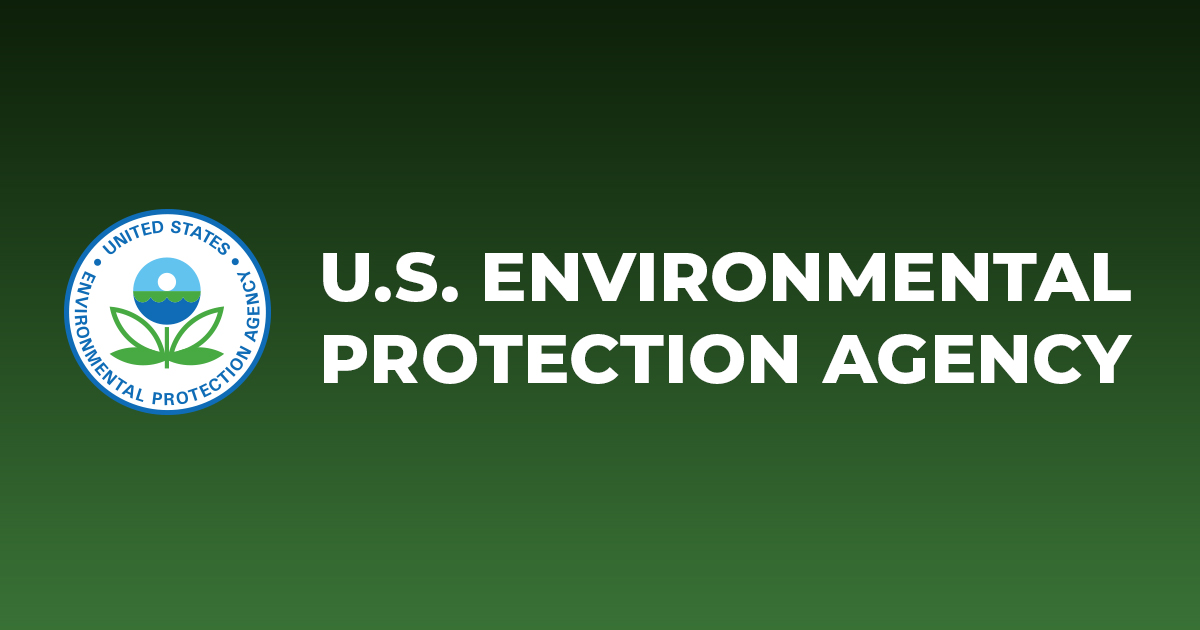Reduce Urban Heat Island Effect

“Urban heat islands” occur when cities replace natural land cover with dense concentrations of pavement, buildings, and other surfaces that absorb and retain heat. This effect increases energy costs (e.g., for air conditioning), air pollution levels, and heat-related illness and mortality.
Climate change will likely lead to more frequent, more severe, and longer heat waves during summer months. See: 100-degree-days figure (JPG).
- The city of Chicago could see 30 more days per year rise above 100 degrees Fahrenheit (°F) under “high” greenhouse gas emissions scenarios.
- Under lower emissions, Chicago’s new summer heat index could increase to around 93 °F by the end of the century—similar to current summer conditions in Atlanta, Georgia.
City officials worry that intense summer heat could lead to uncomfortable conditions for residents, as well as reduced tourist attraction in summer months.
Extreme heat events often affect our most vulnerable populations first.
Trees, green roofs, and vegetation can help reduce urban heat island effects by shading building surfaces, deflecting radiation from the sun, and releasing moisture into the atmosphere.
On this page:
This page contains technical information and references for state and local government officials working in the field of stormwater management.
How To
To reduce the urban heat island effect:
- Build green infrastructure improvements into regular street upgrades and capital improvement projects to ensure continued investment in heat-reducing practices throughout your community.
- Plant trees and other vegetation—Space in urban areas might be limited, but you can easily integrate small green infrastructure practices into grassy or barren areas, vacant lots, and street rights-of-way.
- City officials in Louisville, Kentucky, recently awarded a $115,700 contract for a tree canopy assessment to help the city use trees to address urban heat, stormwater management, and other concerns. “Knowing where we lack canopy, down to the street and address level, will help our efforts exponentially,” remarked Mayor Greg Fischer.
- Make traditional water quality practices serve double duty by adding trees in or around roadside planters and other green infiltration-based practices to boost roadside cooling and shading.
- Transform your community one project at a time by planting native, drought-tolerant shade trees and smaller plants such as shrubs, grasses, and groundcover wherever possible.
- Build green roofs—Green roofs are an ideal heat island reduction strategy, providing both direct and ambient cooling effects. In addition, green roofs improve air quality by reducing the heat island effect and absorbing pollutants. Many communities offer tax credits for installing green roofs. Check your local government’s website for opportunities. Examples of current programs include RiverSmart Communities by the District of Columbia and Philadelphia’s Green Roof Tax Credit Program
A number of tools are available to help you map the benefit of reducing heat-related stress on your community. For example, Impact Infrastructure in conjunction with the Institute for Sustainable Infrastructure (ISI) recently developed the Business Case Evaluator (BCE) for Stormwater, a risk-based spreadsheet economic companion tool to ISI’s Envision Sustainable Infrastructure Rating System. The tool includes estimates for the value of a comprehensive list of benefits, including reduced heat-related morality rates.
Resources
U.S. EPA Urban Heat Island Program—Clearinghouse for resources, tools, and educational materials on heat island effects, as well as a compendium of mitigation strategies.
EPA Region 5 Resource – Stormwater Trees — A how-to technical memorandum for improving success of urban tree programs.
Let it Grow! Build Your Urban Forest with Brownfields — U.S. EPA Brownfields Fact Sheet
EPA Green Infrastructure Funding Opportunities – this EPA website includes listings for other federal funding opportunities.
Federal Funding Compendium for Urban Heat Adaptation (PDF)(90 pp, 849 K, About PDF) —The Georgetown Climate Center offers this compendium of federal funding opportunities related to urban heat island effects.
Adapting to Urban Heat—A Toolkit for Local Governments —This page on the Georgetown Climate Center website provides an overview of the toolkit.
Reducing Urban Heat Islands: Compendium of Strategies—Green Roofs (PDF) (29 pp, 4MB, About PDF)—This EPA publication describes the causes and impacts of summertime urban heat islands and promotes strategies for lowering temperatures in U.S. communities.
iTree —A U.S. Forest Service analysis tool for urban forest managers. It uses tree inventory data to quantify the dollar value of annual environmental benefits (e.g., energy conservation, air quality improvement, carbon dioxide reduction, stormwater control, and property value increase).
The Value of Green Infrastructure for Urban Climate Adaptation (PDF)(52 pp, 2 MB, About PDF) —This Center for Clean Air Policy report evaluates the performance and benefits of a variety of green infrastructure strategies that assist with community climate resiliency, including ecoroofs, green alleys and streets, and urban forestry.
Green Works for Climate Resilience: A Guide to Community Planning for Climate Change (PDF)(76 pp, 2 MB, About PDF) —This guide from the National Wildlife Federation provides an overview of nature-based approaches to address and plan for the effects of climate change, including planning resources related to mitigation of extreme heat.
References
Rosenzweig, C., W. Solecki, and R. Slosberg. 2006. Mitigating New York City’s Heat Island with Urban Forestry, Living Roofs, and Light Surfaces. A Report to the New York State Energy Research and Development Authority (PDF). (156 pp, 4MB) .
Santamouris, M. 2014. Cooling the cities—A review of reflective and green roof mitigation technologies to fight heat island and improve comfort in urban environments. Solar Energy 103:682–703.
Bowler, D. E., L. Buyung-Ali, T. M. Knight, and A. S. Pullin. 2010. Urban greening to cool towns and cities: A systematic review of the empirical evidence. Landscape and Urban Planning 97(3):147–155.
Hayhoe, K. Texas Tech University; D. Wuebbles, University of Illinois at Urbana-Champaign. 2008. Chicago Climate Change Action Plan – Climate Change and Chicago: Projections and Potential Impacts, Executive Summary. .
Oliveira, S., H. Andrade, and T. Vaz. 2011. The cooling effect of green spaces as a contribution to the mitigation of urban heat: A case study in Lisbon. Building and Environment 46(11):2186–2194.
Bruggers, J. 2014, May 7. Study to examine Louisville’s trees.The Courier-Journal. .
link



:max_bytes(150000):strip_icc()/marthastewart-kitchenlayout-lindsaymontgomeryinteriors-dustinHalleckStylingbyBrittFitzpatrick-4a6145cc15e84a43acc7ac5a5f871f22.jpg)


:strip_icc()/103251082_preview-7a1cd89728c14514bf3ca9fa69ddfa8a.jpg)
